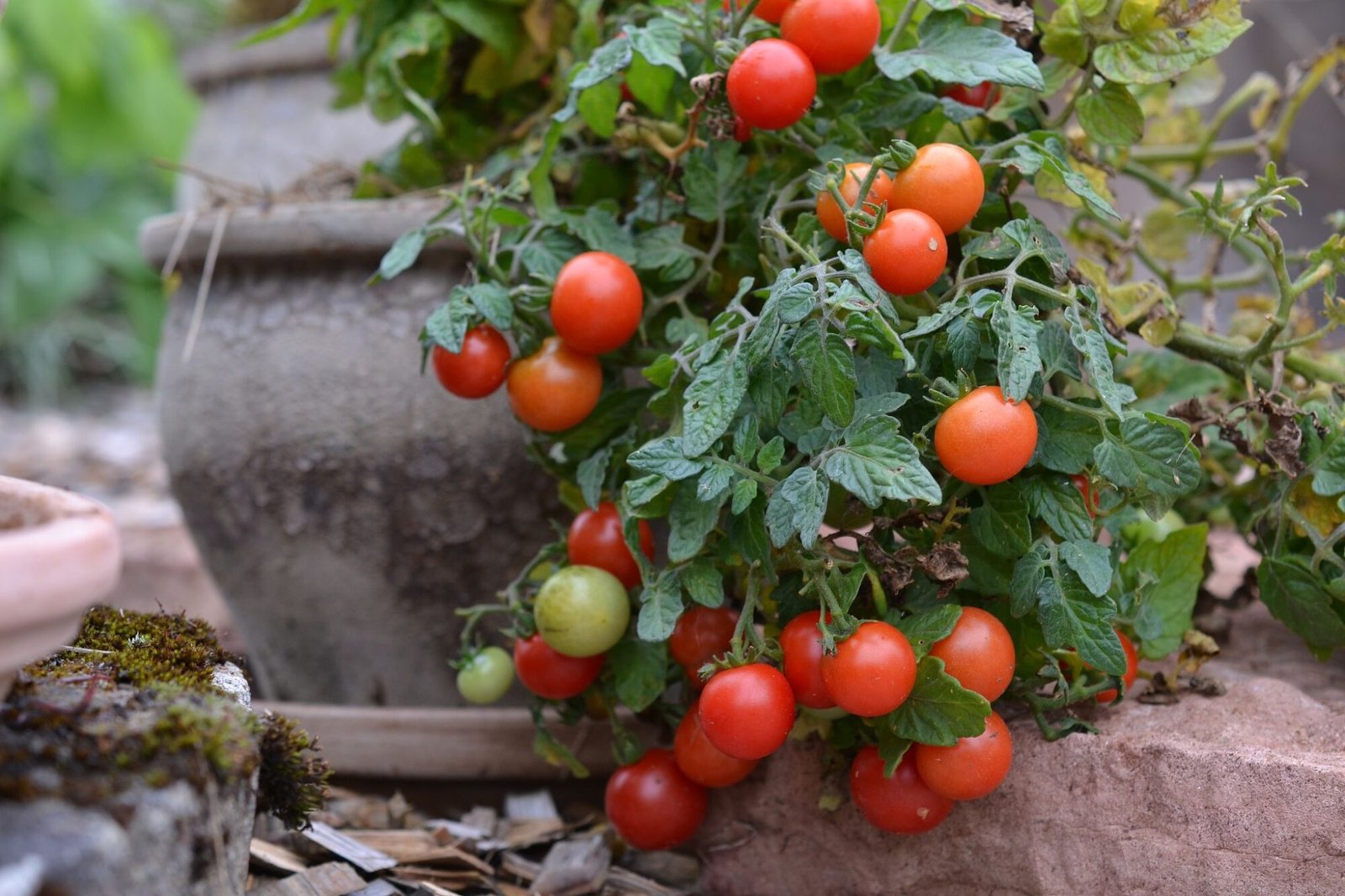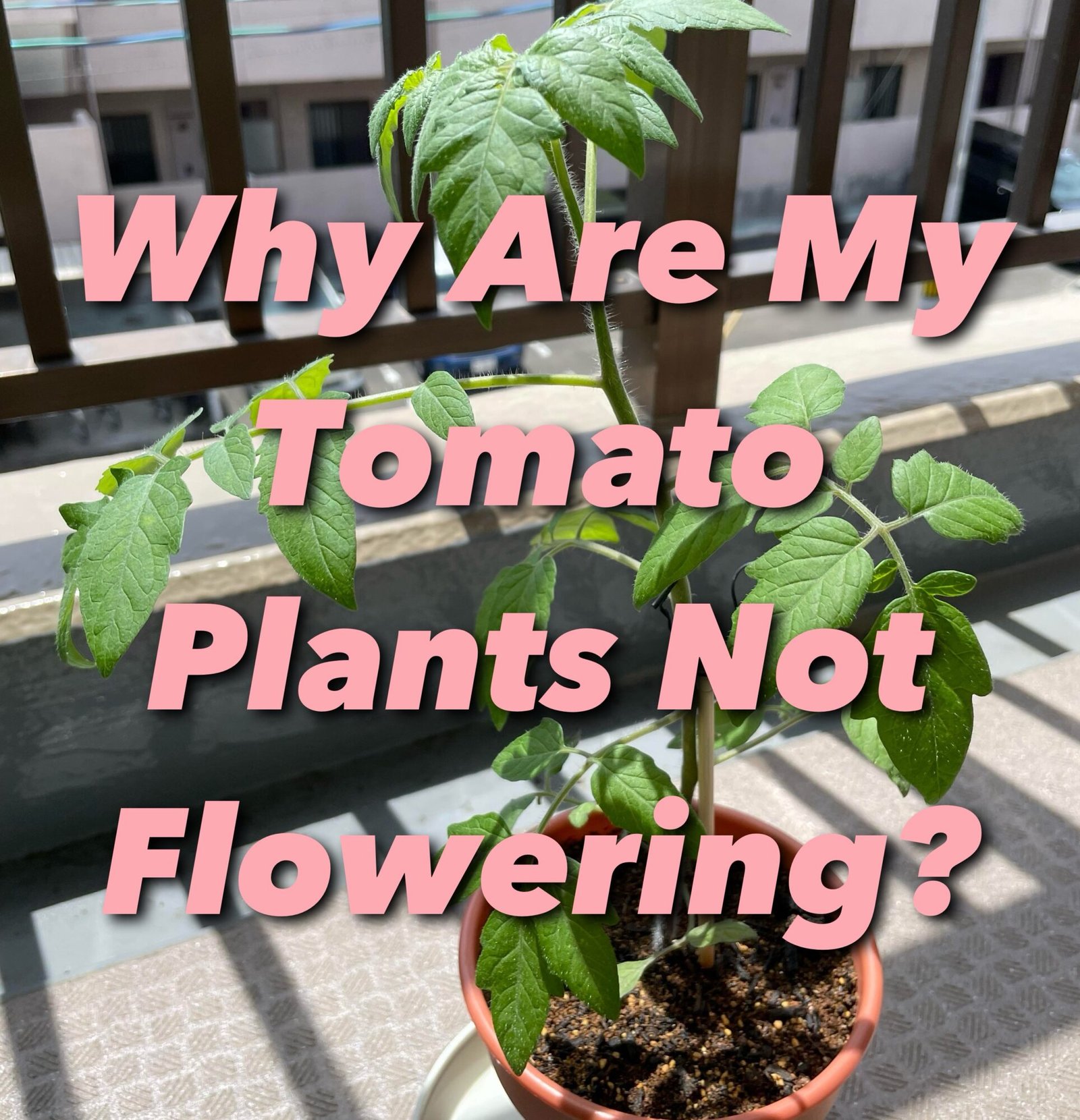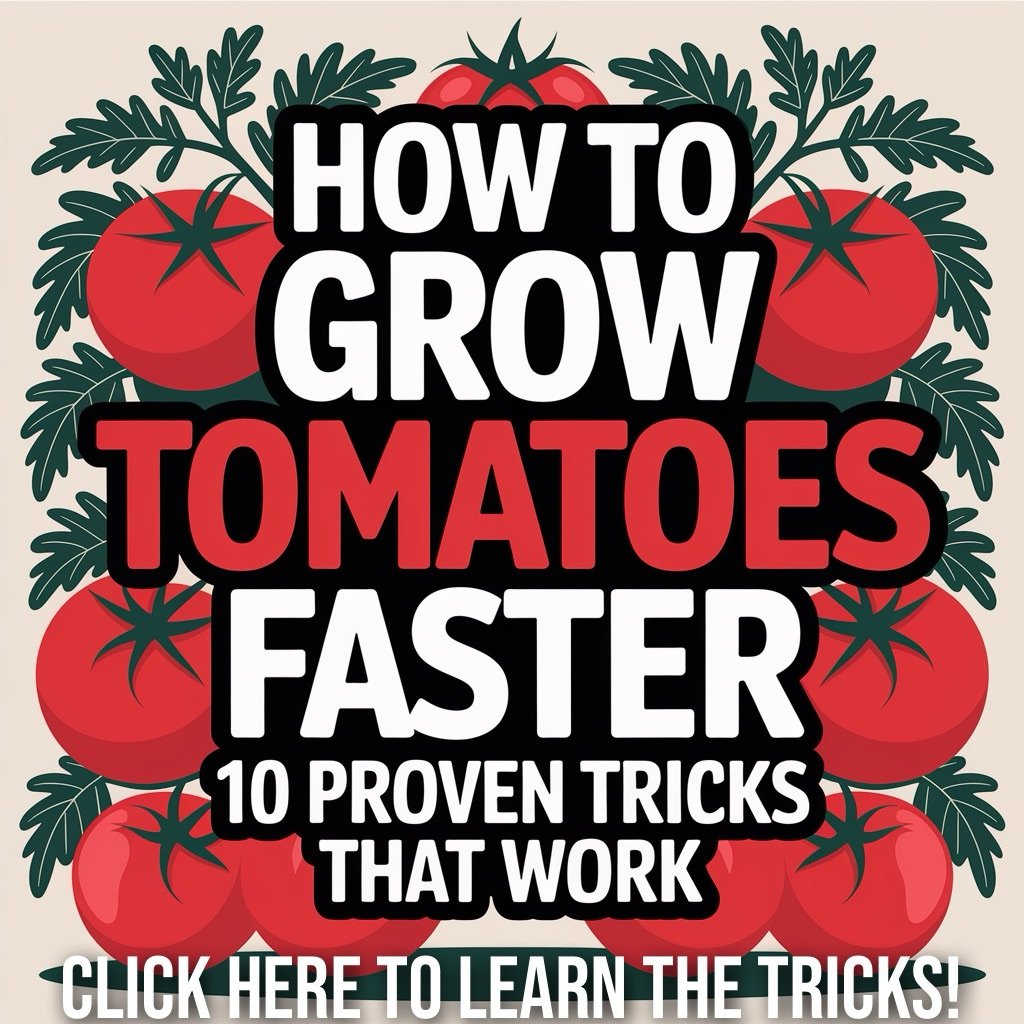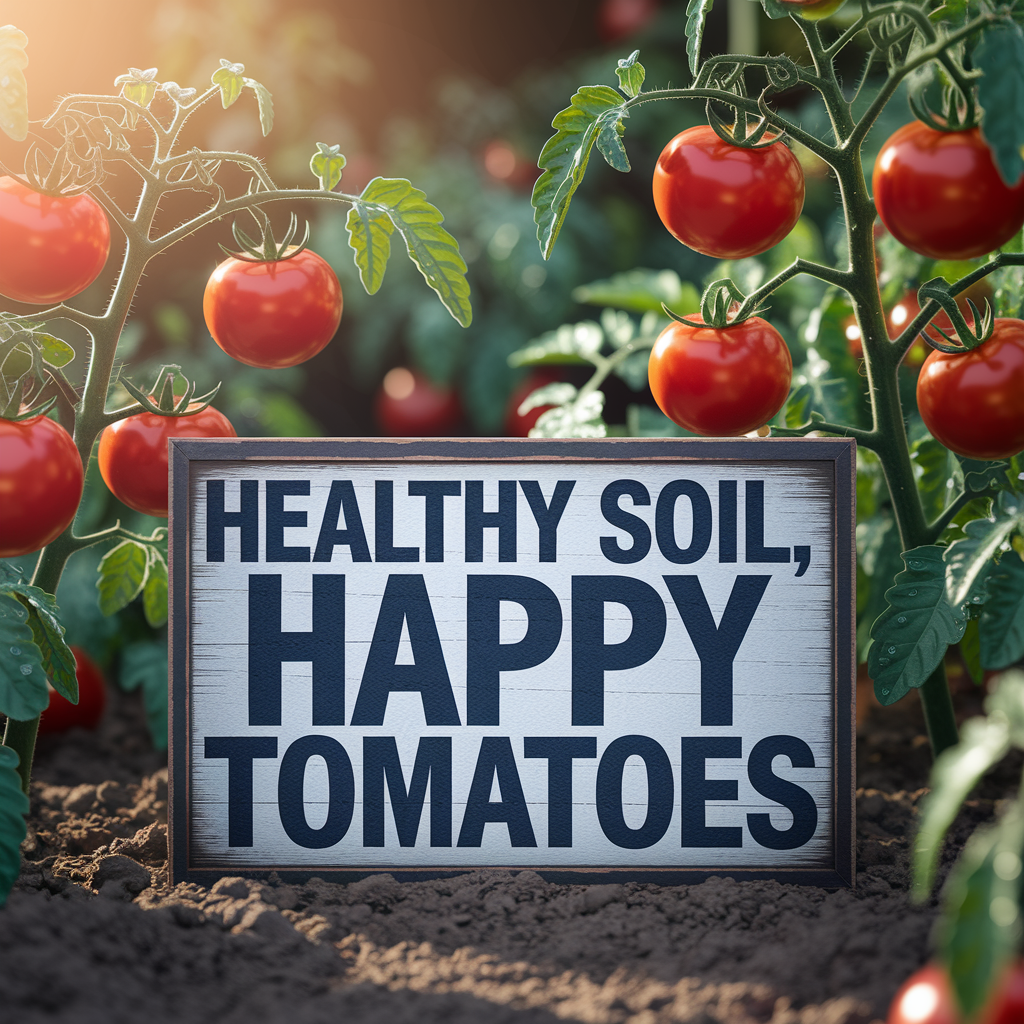
I Left a Tomato Plant in the Ground All Winter—Did It Come Back?
One year, I got a little too attached to one of my tomato plants. It was a beast—tall, productive, and gave me fruit for weeks. When the season ended, I just couldn’t bring myself to yank it out of the ground. So I left it. I figured, “Hey, maybe it’ll bounce back next spring?”
Spoiler alert: it didn’t.
When spring rolled around, all I found was a sad, blackened skeleton of what used to be a glorious tomato machine. Nothing sprouted from the base, no new growth, not even a volunteer. Just mushy stem and regret.
That was my first real experience learning that, in most places, tomato plants don’t grow back every year. But like most garden rules, there are a few exceptions—so let’s break it all down.

Are Tomato Plants Annual or Perennial?
Technically, tomato plants (Solanum lycopersicum) are tender perennials. That means if they lived in a warm, frost-free climate year-round, they could survive multiple growing seasons. In their native tropical environments, tomatoes do keep going. But for the rest of us? They act like annuals.
In zones where winter gets even a little chilly—anything below about 50°F—tomatoes call it quits. Once frost hits, the leaves die off fast, the stems go limp, and the plant shuts down for good. That’s why here in the U.S., we treat tomatoes as one-season wonders.
I used to wonder if I was doing something wrong when mine didn’t regrow in spring. Turns out, I was just learning how nature works—especially in a garden that gets frost.
Why Tomato Plants Usually Die After One Season
There are a few solid reasons your tomato plant doesn’t return after winter, and they have nothing to do with how well you took care of it:
- They aren’t frost-hardy. One night in the 30s can wipe out a mature tomato plant.
- They use up their energy. Tomatoes pour everything into producing fruit, not into long-term survival.
- The stems and roots can’t handle cold soil. Even if frost doesn’t hit the top, cold soil stunts or kills the roots.
I’ve had friends try covering their plants with buckets or tarps to “save” them. Doesn’t work. If you’re getting close to the first frost, you’re better off harvesting what’s left and calling it a season. The best way to protect your hard-earned harvest is knowing exactly when to pick your tomatoes before the weather turns.

What Happens If You Leave a Tomato Plant in the Ground?
Here’s what happened to mine: I left it, ignored it all winter, and by early spring the stem looked like a chewed-up straw. Some parts of the root system may have been intact, but the top growth was toast—and that’s what matters most for regrowth.
Sometimes, if you’re lucky, a volunteer plant might pop up nearby the next season. That usually means a fallen tomato decomposed and left a seed that sprouted once things warmed up. But it’s not the same plant regrowing—it’s a new one, born from the old fruit.
Leaving a plant in the ground also invites issues like rot, fungus, and bugs overwintering in the dead matter. I learned that lesson the hard way when I found aphids and mold hanging out in the old stem base.
Honestly, it reminded me of the tomato mistake I didn’t see coming—the kind that sneaks up on you when you’re not paying attention to what’s going on below the surface.
Do Tomato Plants Grow Back Every Year in Warm Climates?
If you live in places like South Florida, southern California, or parts of Texas or Arizona, you’ve got something most of us don’t: year-round tomato potential.
In warm zones where winter temps rarely drop below 50°F, tomato plants can keep going into the next season. I’ve talked to growers down south who’ve had cherry tomato plants keep producing for 18+ months, especially when they prune them back and maintain the soil.
The key here is climate consistency. Even in warm areas, a sudden cold snap or unusually wet season can still wipe them out. And disease builds up fast if you’re not rotating or caring for the soil.
If you’re in a zone where this is possible, go for it—but keep a close eye on signs of exhaustion or pest pressure. At some point, even a perennial gets tired, and you may still be better off starting fresh.

Can Tomato Plants Be Grown Indoors Over Winter?
I tried this one year because I just couldn’t let go. I brought a small tomato plant into my sunniest window, gave it a grow light, and hoped for the best. Did it survive? Yes. Did it thrive? Not really.
Tomatoes are light-hungry. Without 12–14 hours of strong, direct light per day, they’ll stretch, sulk, and stop flowering. Even with a grow light, mine got leggy and dropped a lot of leaves.
But here’s where it got interesting: I had much better luck when I used dwarf tomato varieties, which are bred to handle tighter spaces and lower light. If you’ve never tried it, check out my post on growing dwarf tomato plants indoors or outside—those little guys are surprisingly productive.
So yes, you can overwinter indoors if you’re dedicated—but don’t expect miracles. It’s more of a fun experiment than a reliable method for next year’s harvest.
Should You Try to Overwinter a Tomato Plant?
After trying just about every trick in the book, here’s my honest take: overwintering a tomato plant is more effort than it’s worth—unless you live in a very mild climate or have a solid indoor setup.
Here’s what I’ve tried:
- Digging up the plant and keeping it in a garage: too cold, it died.
- Cutting it back and leaving it mulched outdoors: didn’t survive frost.
- Keeping it in a pot indoors: survived, but looked sad and unproductive.
Even if you do manage to keep it alive, it may enter the new season weak, stressed, or pest-ridden. In most cases, it’s smarter to harvest what you can, compost the plant, and start fresh with a new seedling in spring. You’ll get a healthier, more productive plant with a lot less hassle.

Tomatoes That Do Regrow: Volunteers and Sprouts
Now here’s where things get interesting: while your original tomato plant might not grow back, its seeds definitely can—and sometimes without any help at all.
Every year, I find a couple of surprise plants popping up in odd corners of my garden. These are called volunteers—new tomato seedlings that sprouted from fruit that dropped and decomposed the previous season.
They don’t always grow true to the parent plant, especially if it was a hybrid, but they do grow. And sometimes they even outperform my carefully planted ones.
I also covered this in my post on growing tomato plants from tomatoes, and explained how it’s possible in this article about seeds sprouting inside tomatoes.
If you’ve got a few overripe tomatoes at the end of the season, toss them into the compost pile or bury them shallowly—you might get some happy surprises come spring.
How to Collect Seeds or Cuttings for Next Year
If you’re feeling attached to a certain tomato plant (hey, it happens), there are ways to carry its legacy into next season without hoping the whole plant survives.
1. Save the Seeds
Let a few tomatoes fully ripen—past the point when you’d normally eat them. Scoop out the seeds, ferment them in a jar of water for a few days, rinse them, and let them dry on a paper towel. That’s how I’ve started plenty of healthy plants. I break it all down in this guide on growing a tomato plant from a tomato.
2. Take Cuttings
Before the first frost, cut off a healthy sucker or side stem, strip the bottom leaves, and root it in water or moist potting soil. I’ve had success rooting them indoors on a windowsill—just keep them warm and give them a little light.
Both options are easier, cleaner, and more productive than trying to overwinter the entire plant. You get the genetics you love, minus the bugs, disease, and baggage.

So….Do Tomato Plants Grow Back Every Year?
So… do tomato plants grow back every year?
Technically, yes—in the right climate or under special conditions, they can survive beyond one season. But for most of us, growing tomatoes in zones that actually experience winter, the answer is:
Not without help.
Tomato plants are tender, and unless you live in the tropics or baby them indoors, they’re one-and-done per season. That’s why I plan to start fresh each spring—and honestly, I kind of love that cycle. It gives me the chance to experiment, improve my setup, and try new varieties every year.
If you really want to carry over a favorite plant, try saving seeds or cuttings. And if you’re looking to get a jumpstart on the next season, brush up on:
- When to fertilize tomato plants
- How to grow tomatoes faster
- How to start a tomato garden without feeling overwhelmed
Because no matter how many seasons we go through… we tomato lovers always come back.
As an Amazon Associate we earn from qualifying purchases through some links in our articles.


